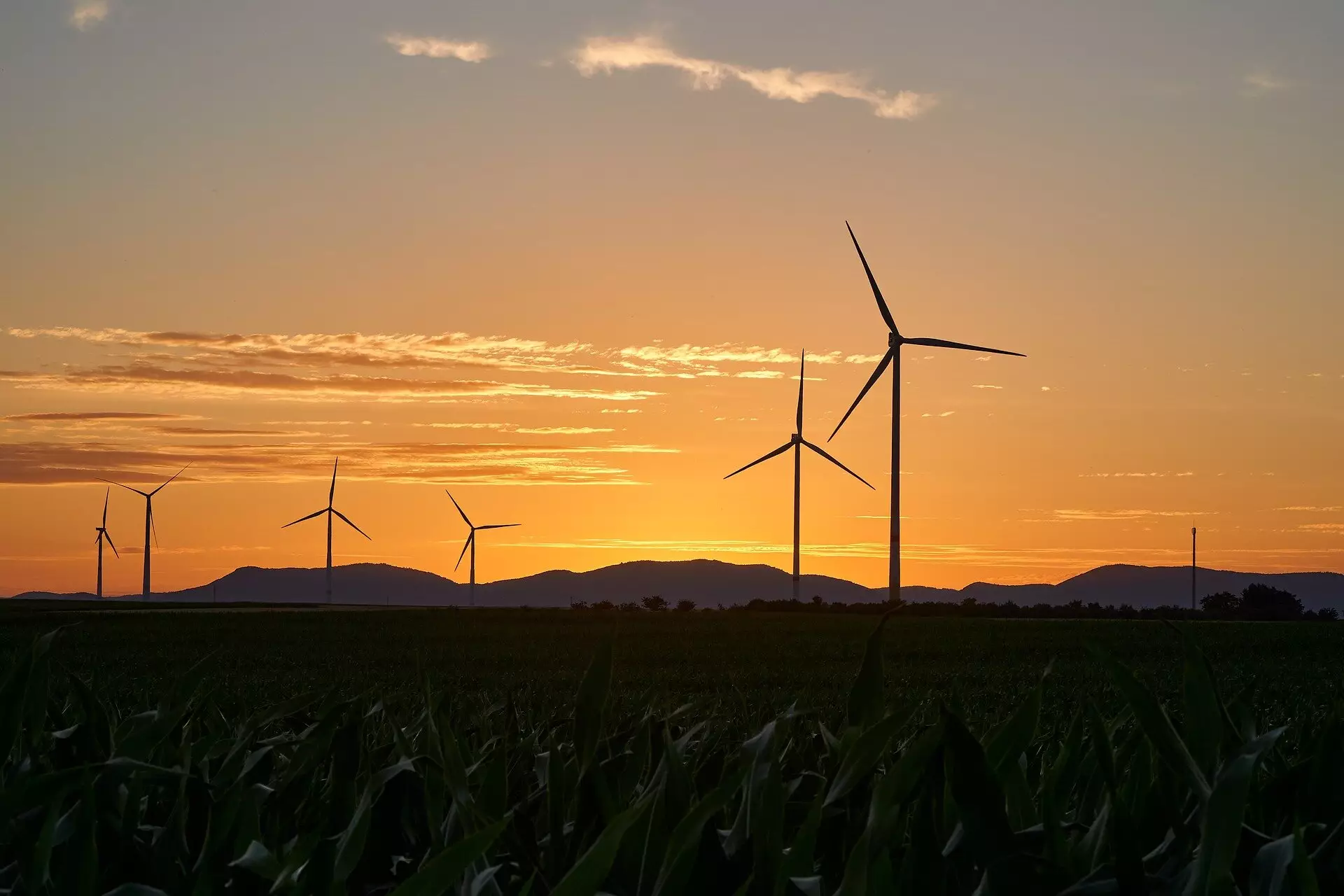Australia’s electricity sector has been a frontrunner in reducing emissions, with a significant drop of 26% over the past 15 years. The share of renewable energy has also seen a substantial increase, from 7.5% to over 30%. However, the current pace of progress is not sufficient to meet the targets set by the federal government. The goal of achieving a 43% emissions cut by 2030 and transitioning to 82% renewable energy sources by the same year requires a significant acceleration in the sector.
One of the primary obstacles to the rapid growth of renewable energy is the inadequate infrastructure to support new wind and solar farms. The existing transmission network is not equipped to handle the electricity generated from these sources, leading to congestion and curtailment of output. The Australian Energy Market Operator estimates that 50% of the required transmission for a clean and reliable energy supply in 2050 needs to be built in the next six years. However, most of these transmission lines are yet to be constructed, further hindering the progress of renewable energy projects.
The uncertainty surrounding the exit dates of coal generators poses another challenge to the energy transition. While aging coal plants need to be replaced with renewable capacity, the lack of clarity on when these generators will retire discourages investment in new infrastructure. In addition, state governments are making opaque deals to keep coal power stations operational, complicating the transition to cleaner energy sources.
Australia’s energy transition has been mired in a policy quagmire, with state and federal governments setting arbitrary renewable energy targets without considering overall system efficiency. The lack of coordination between states has led to inefficiencies and increased costs in developing renewable energy zones. This fragmented approach has further slowed down the transition to cleaner energy sources.
To overcome the current challenges and accelerate the energy transition, a strategic and coordinated approach is necessary. Governments and industry stakeholders need to work together to address the gaps in infrastructure, regulatory frameworks, and policy coordination. While the transition may require temporary interventions and adjustments, a long-term vision for a cleaner, reliable, and affordable energy system is essential.
Looking ahead, Australia must prepare for a future where electricity generation is heavily reliant on weather-dependent renewable sources. Market rules need to be adapted to ensure sufficient generation capacity at all times. Additionally, discussions around carbon pricing and integrating various forms of distributed energy resources, such as rooftop solar panels and electric vehicles, are crucial for a successful energy transition.
As Australia navigates the transition to a post-coal era, the focus must be on delivering clean, affordable, and reliable energy to meet the demands of consumers. While the challenges are significant, strategic planning, collaboration, and forward-thinking policies can pave the way for a successful energy transition in Australia. The time to act is now to ensure a sustainable energy future for generations to come.


Leave a Reply